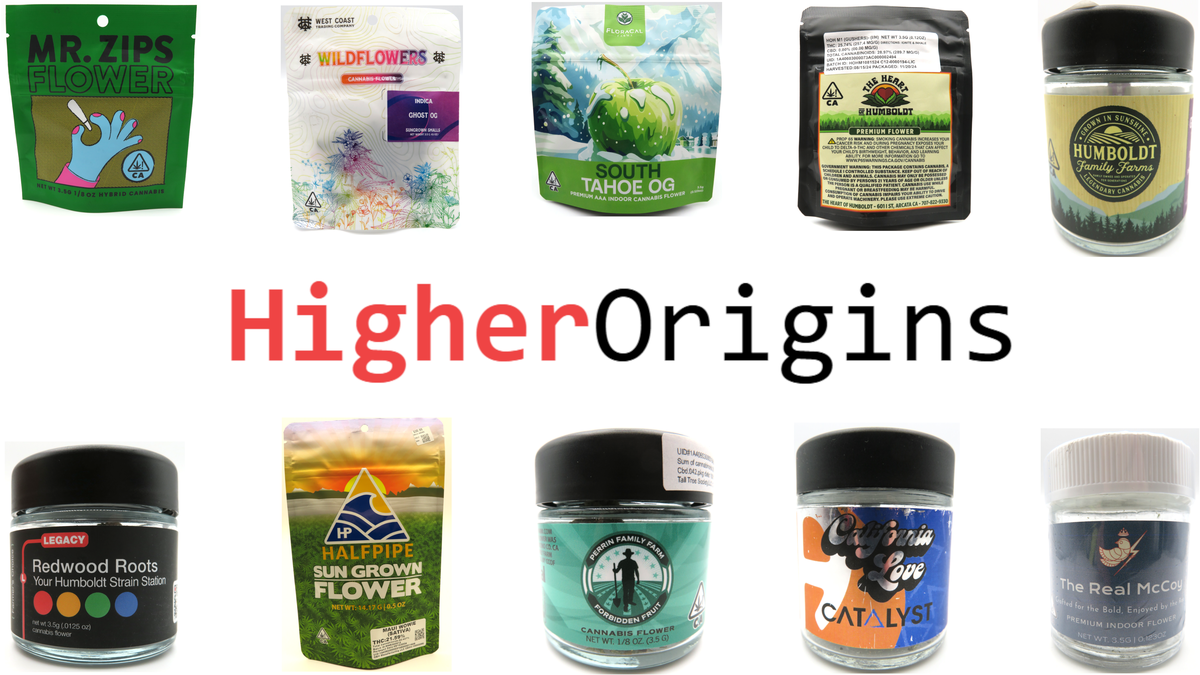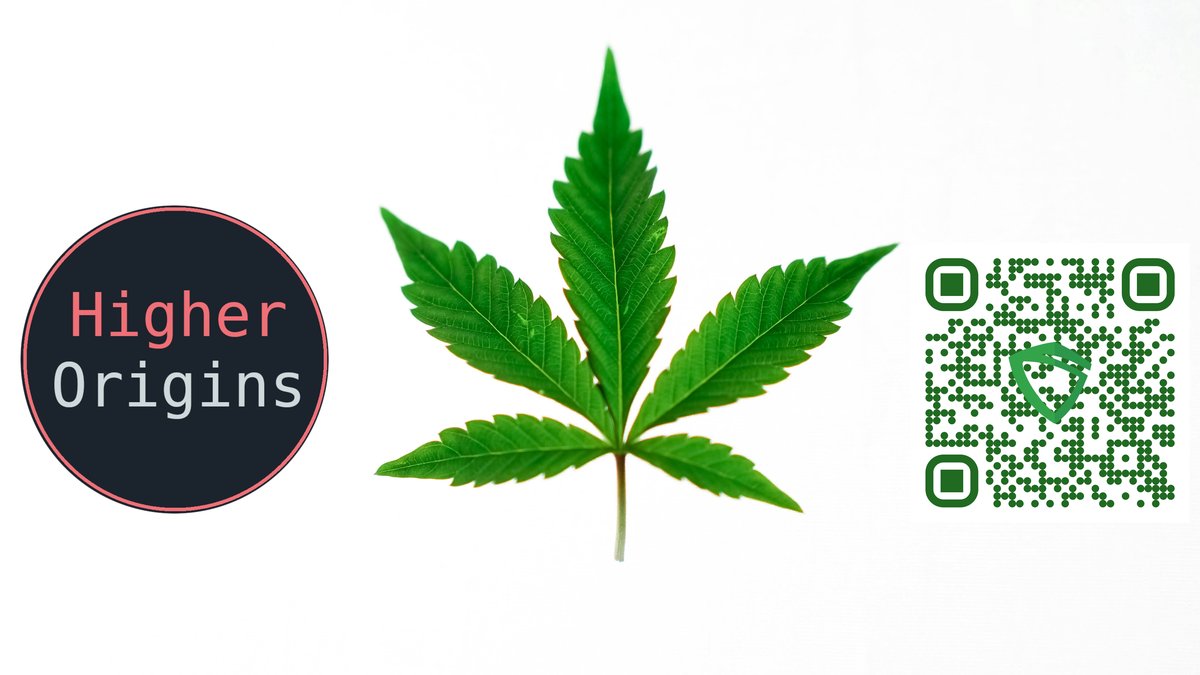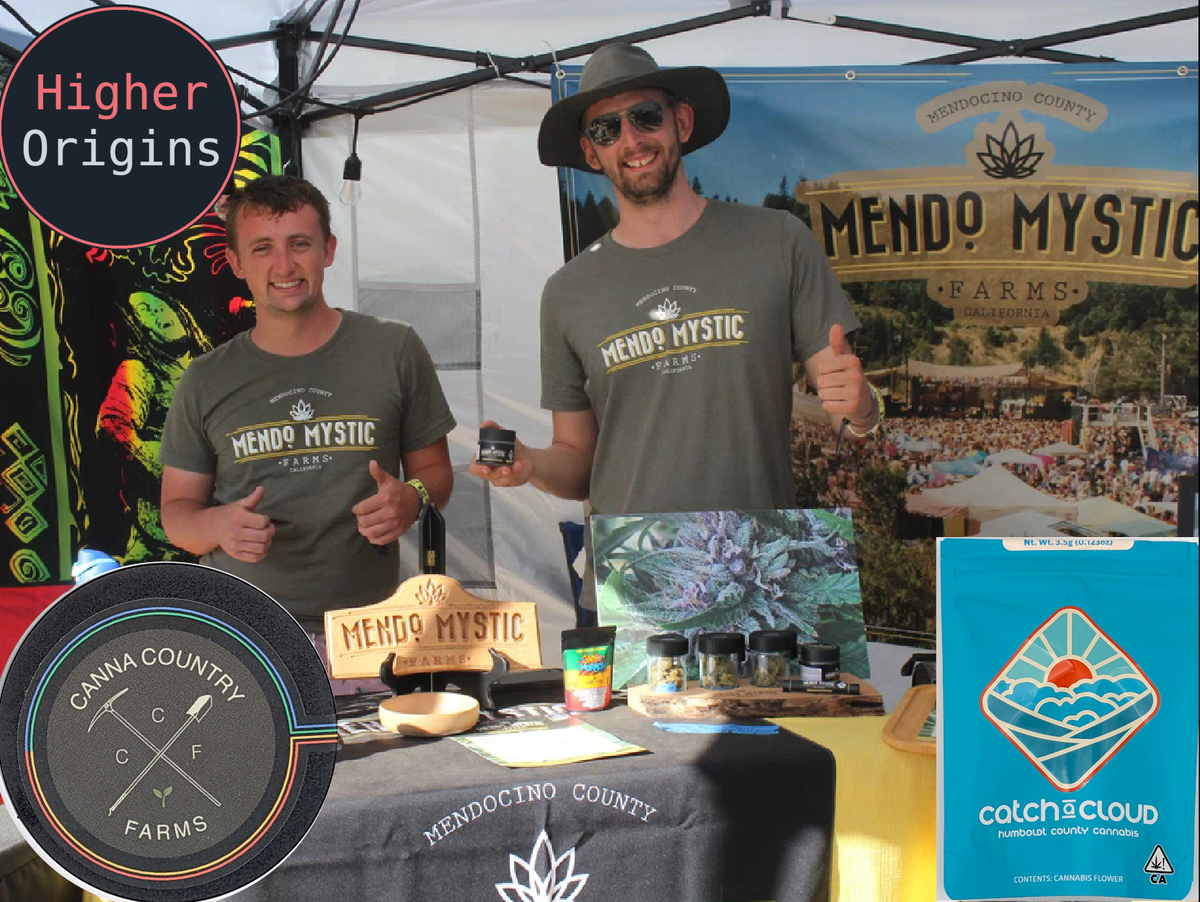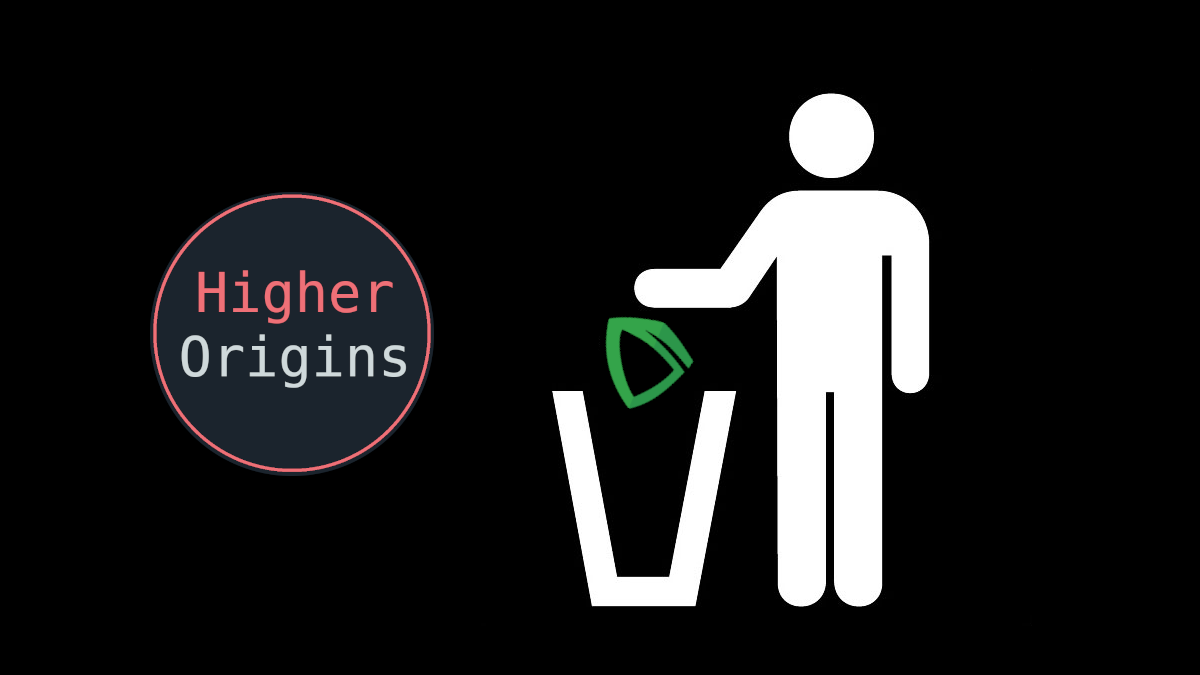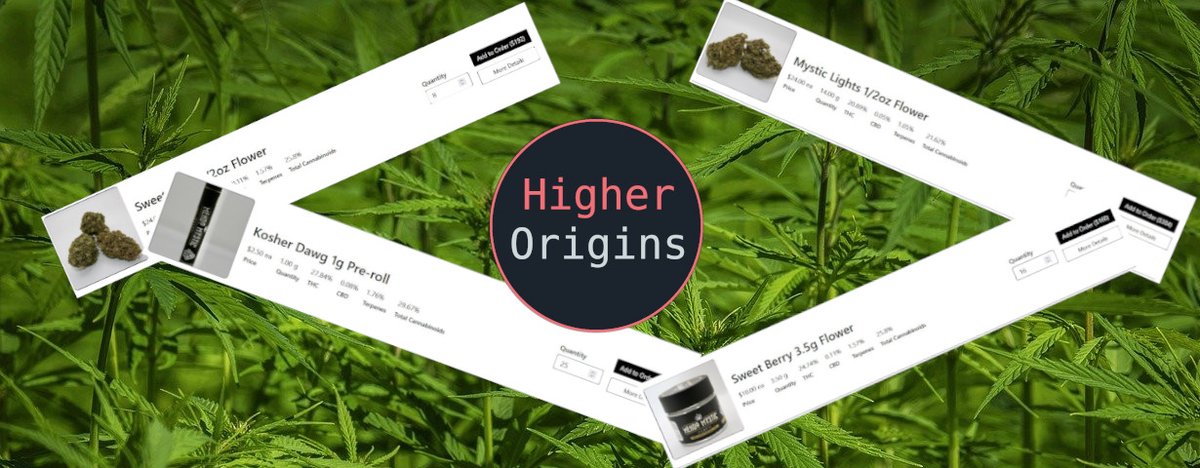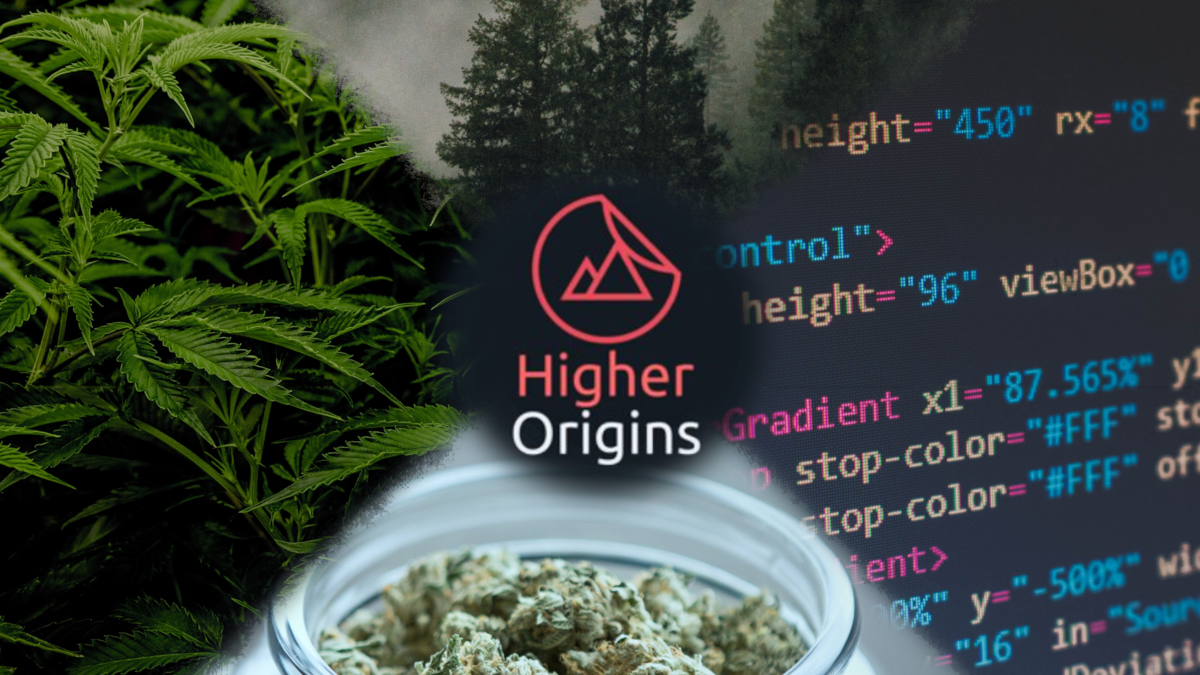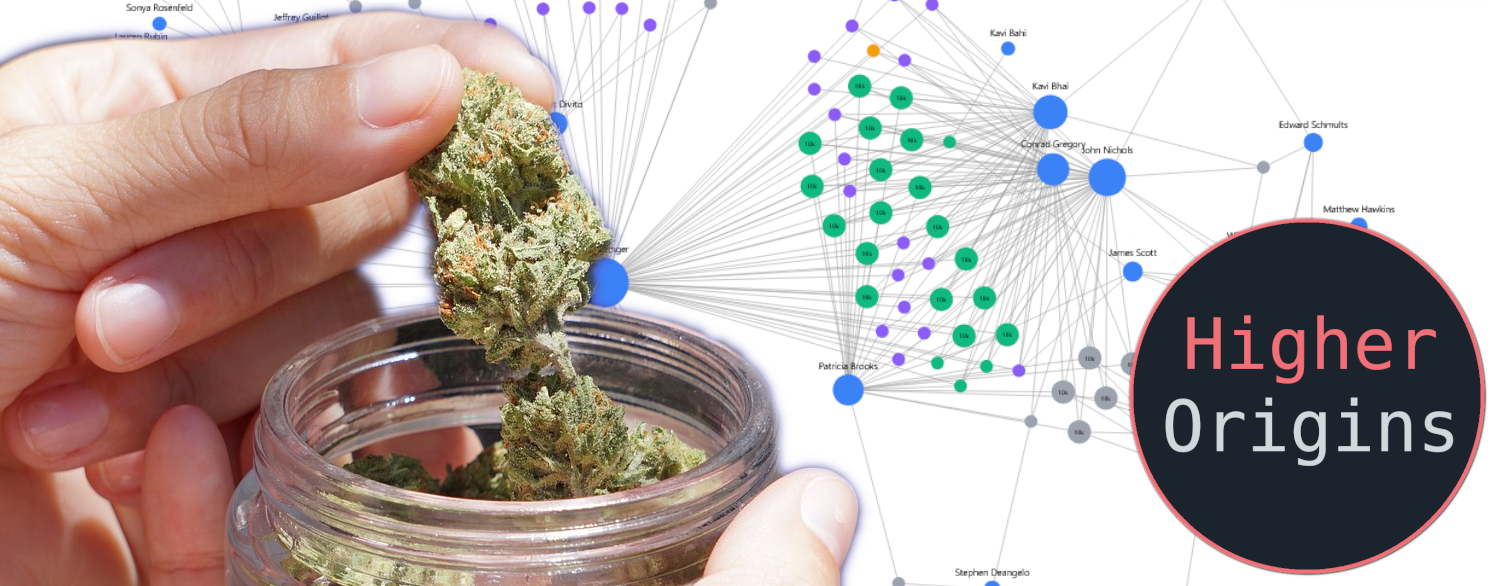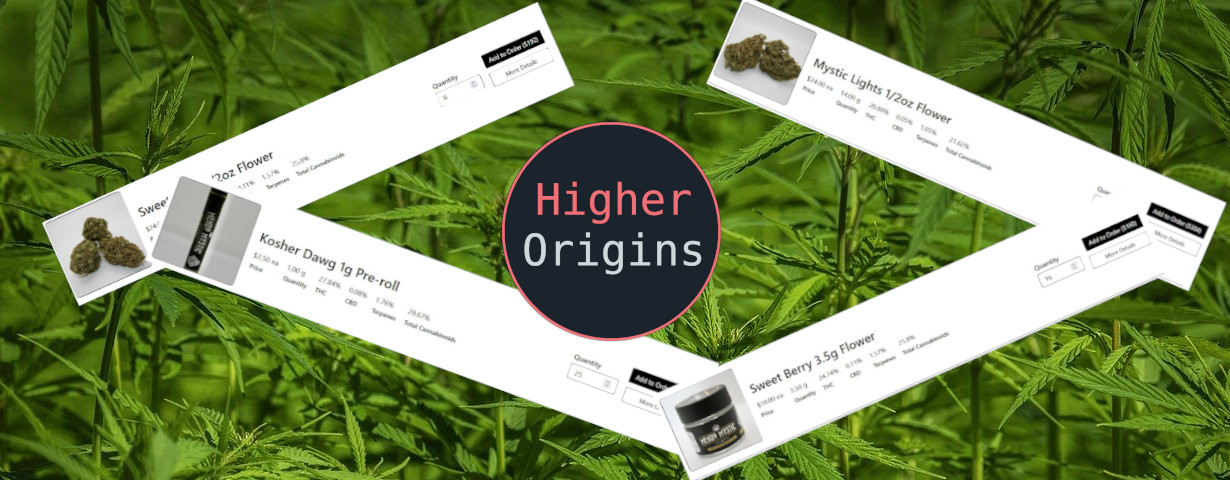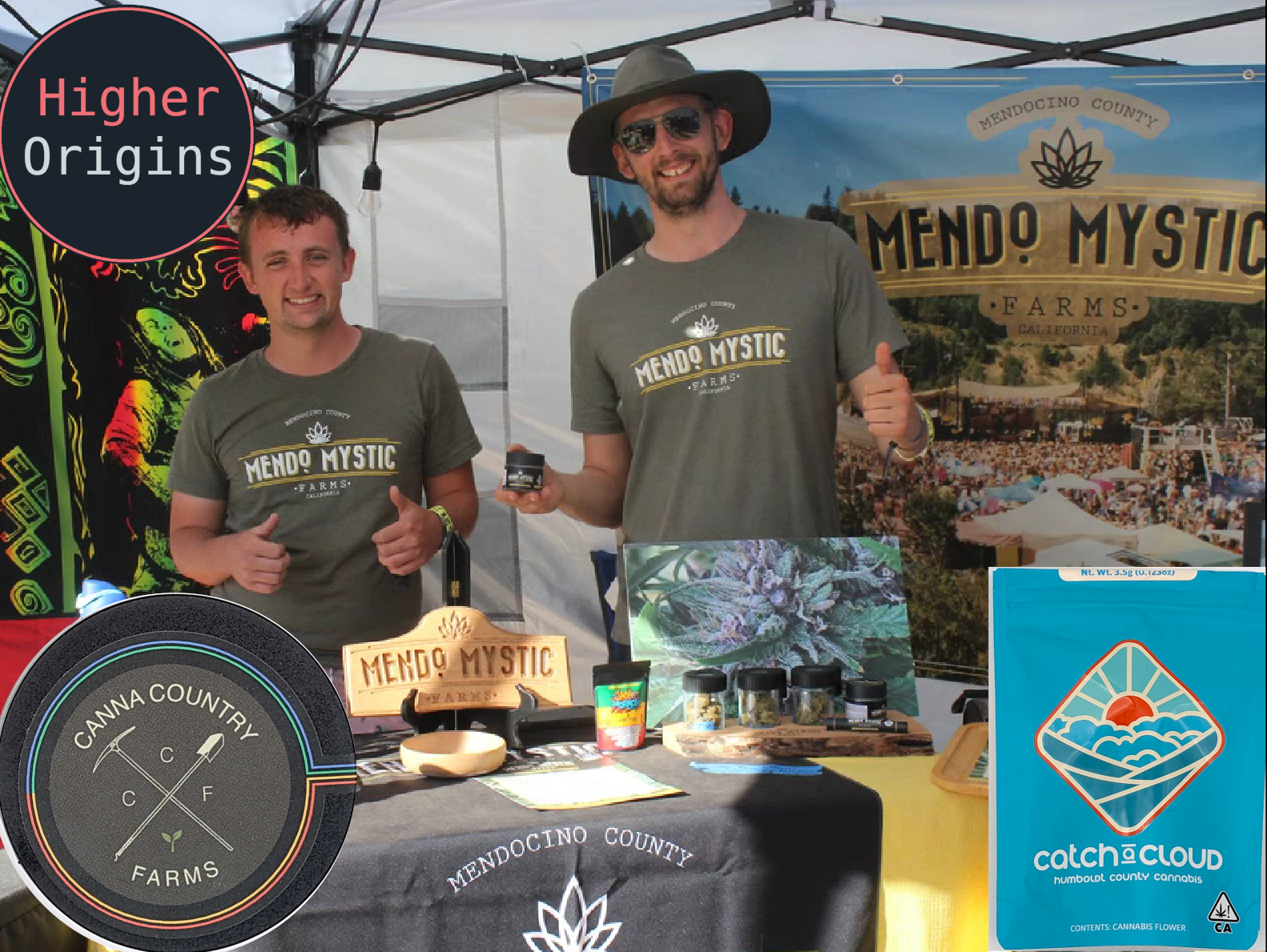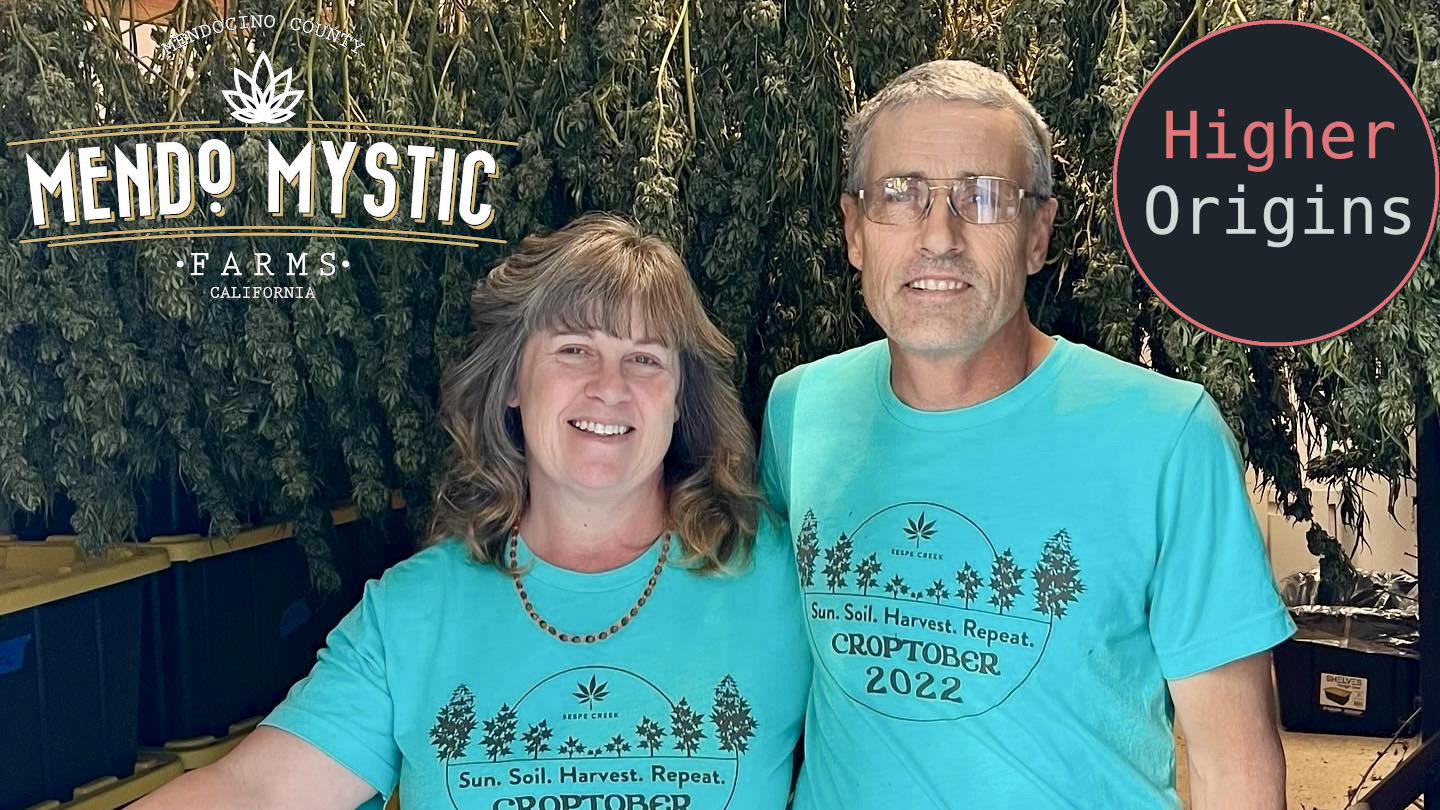A major goal of Higher Origins is to deliver insights about the current trends in the California cannabis industry. This article is the first step in that process. Here we share some basic insights on planting and harvesting volume, derived from compliance data from farms on our community platform.
Statistical Considerations
At the time this data was collected, we had 173 California cultivation facilities on Higher Origins, across four categories: indoor, outdoor, mixed light, and multi-use micro businesses. This is approximately 2% of the 8338 total cultivation licenses active in California at the time of writing, with records back to the beginning of 2019.
We excluded nurseries because they plant very large numbers of plants, harvest no wet weight cannabis, and those plants go on to be replanted, which could result in double counting. Our data starts in early 2019 and grow from there, reflecting the fact that facilities got their legal licenses and started reporting METRC data at different times based on their position in the queue.
To be clear, this sample size is too small to be statistically representative of the state as a whole, especially since our sample population is heavily biased to the Emerald Triangle. DO NOT MAKE BUSINESS DECISIONS BASED UPON THE DATA YOU SEE IN THIS ARTICLE. Another factor we must consider is the privacy and security of our community members. Since farms are still targets of robbery, we take special care to only publish anonymous statistics that cannot be used to determine current inventories or sales volumes of any individual farm.
Planting Data
Let's start like everyone does, with planting. This graph shows the distribution by season and facility type of the 1,114,242 plants that our users have planted since the beginning of 2019. We can clearly see the seasonal spike in plantings around the second quarter of each year, and notice that the recent 2022 planting season has been much smaller than the past 2 years, with a higher percentage of indoor grows. Will the third quarter of this year have a significant volume of plantings like in 2020 and 2021? Stay tuned and we'll find out together!

Lets break this down across categories. First, let's look at the oddball: microbusinesses. This license type stands out since it allows for any style of cultivation, and a wide range of cannabis operations. Microbusinesses make up very small portion of the California cannabis economy and are also the newest license category, so any data here is more of a curiosity than a real indicator of a larger trend.

Second, we go from the smallest population of license type to the largest- Mixed Light. Favorable for faster growth and adapting to unpredictable climate conditions, Mixed Light is clearly the preferred way to grow in California. As we can see, there's half as many mixed light plants in the ground now than there were this time last year. Since we can only speak for 2% of the state's cultivation, this may not be the case for the state as a whole. That said, this drop mirrors the overall FUD (Fear, Uncertainty, and Doubt) that we hear from our friends and neighbors alike regarding the current state of the legal industry.

Let's talk about indoor. This grow style makes sense for those trying to maximize annual harvests, avoid summer heat and wildfire smoke, and maintain a more stable environment for exotic genetics. Statistically, this is the fastest growing category of grow facility among our user base.

Finally, the great Outdoors- cannabis the way your granddaddy grew it. The classic grow style exhibits a clearly seasonal min/max pattern, with the widest seasonal population shifts over time. While seasonality is one big factor in this category of grow, there is another factor to consider: market entry/exit. Outdoor is the cheapest, easiest (but not cheap or easy!), and most bare bones grow style. As a result, it is the method of choice for those with the least capital on the margins of the legal market. Facilities in this category are most likely to enter or exit the legal market based upon market trends, and with the price of a pound practically on the floor at the moment, it's no wonder that the trend is downward.

Harvest Data
Now, lets look at the sticky end of the season- harvest. We collected and analyzed the wet weight cannabis data from the same facilities over the same time period for the 1,767,218 pounds of wet weight produced by our users. You can clearly see the grow season illustrated here as the harvest volumes trail the planting volumes by a quarter or two. We're very curious to see what the harvest data from the next few months looks like!

Micro business harvests live up to their name, with just over 12,500 lbs harvested overall since the license started showing up in 2020. It will be interesting to see if this coming harvest season reverses the plunging average harvest trend.

Mixed light as usual leads the pack. Again that downward trend seems ominous, but we can wait and see what happens in the next few months to see how much the overall harvest has decreased from last year.

Following that up with Indoor, the more predictable harvests result in a smoother curve, however, a clear downturn is still visible. In the high-capital world of indoor, this means a few facilities will have definitely shut down or scaled back their growth significantly over the past year. It's simply not economical to keep the lights on without full trays and top dollar orders flowing in from buyers.

And finally Outdoor. Here we see an anomaly in Q3, which upon investigating we found was due to an influx of auto-flower bumper crops. This makes sense as prices were starting to dive at that point, so farmers may have rushed to pump out more volume to maintain their income. We can also tie this back to our previous article where we discussed small batch categorization of plants. The more limited harvest cycles of outdoor clearly represent a good candidate for the small batch category since they are one and done harvests.

Closing Thoughts
This is an introduction to the kind of data we want to regularly provide through Higher Origins. Even with this sneak peek however, we can begin to see trends and analyze the behavior of different market sectors. Who's growing how much when, and who does that affect? Questions like this don't get asked enough, and in our experience, are almost never considered in the face of real data. The greater trends are interesting, but we can also pull in single values from this like the average weights per plant:
Micro business: Average of 0.42 lbs. wet weight per plant
Indoor: Average of 0.96 lbs. wet weight per plant
Outdoor: Average of 3.22 lbs. wet weight per plant
Mixed Light: 1.45 lbs. wet weight per plant
These numbers may not reflect reality because of discrepancies in how harvest and waste weights are reported, and they are after all an average of only a small portion of the industry. Likewise, our small sample size allows numbers to be more easily thrown off by outliers.
We hope this article has shed some light on the kind of data analyses we want to deliver going forward, stay tuned for more!
Watch for russets, and keep growing!


